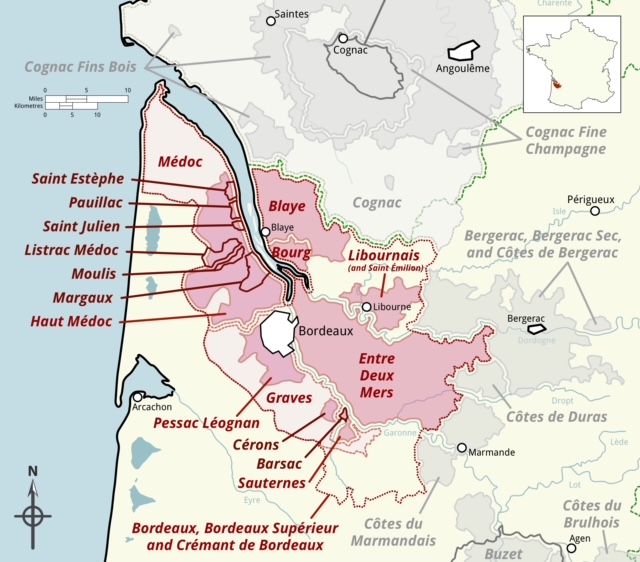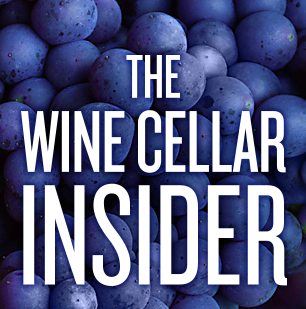The history of Château d’Issan consists primarily of a long list of property transmissions and legacies.
Over a period of nearly three centuries, the estate was passed down along a line involving a number of families with names such as Noailhan, Meyrac, Ségur, Salignac, de la Vergne, Escodeca de Boisse, etc. From 1575 onwards, the property was owned by five generations of the Essenault family, who ended up renaming it, contracting their name to “Issan” and thus Château d’Issan was born.
Château d’Issan did not need the famous 1855 classification distinguishing it as a 3rd Grand Cru Classé to establish its reputation. This was already made back in the 12th century, when it was reported to have been served at the wedding of Eleanor of Aquitaine and Henri Plantagenet, future King of England on 18th May 1152.
Having belonged to the Foix de Candale family, which had to abandon it during the French Revolution, Château d’Issan had owners, who became more and more committed to shaping the property’s destiny. In 1824, Jean-Baptiste Duluc took over the estate and launched a series of projects to improve the vineyard, before selling it to the Blanchy family. In 1866, Gustave Roy settled as head of Château d’Issan: he had the first gravity-fed cellars built and undertook most importantly to replant the vineyard that had been devastated by phylloxera..
During the period between the two World Wars, the estate was unfortunately left to deteriorate, but was reawakened by the Cruse family, owners since 1945. Under the management of Lionel Cruse, the chateau has been restored, the installations modified and the vineyard replanted. Since 1998, as a result of investments made by Lionel’s son Emmanuel Cruse in the vines and cellars, Château d’Issan wines have become even more a faithful reflection of their exclusive terroir.
In 2012, Françoise and Jacky Lorenzetti, who also own Château Lilian Ladouys in Saint-Estèphe and Château Pedesclaux in Pauillac, joined forces with the Cruse family. With tenacity, passion and courage, the different generations have worked to achieve the renewal of Château d’Issan, which has regained its former glory.
Château d’Issan is a Third Growth of the 1855 Imperial Classification. The wine is made from the old vines in the Château d’Issan enclosure in the middle of the Margaux appellation. The soil here is mainly made up of surface gravel on top of a clay subsoil, which contributes to optimal ripeness and freshness in our two grape varieties, Cabernet Sauvignon and Merlot.
Blason d’Issan, the second wine, was introduced from 1995 onwards to enable selection amongst our vines growing in the Margaux appellation area. Fruit from the youngest vines is used to produce this wine, which respects the identity of its terroir, while offering a tasty round fruitiness, which can be enjoyed earlier. Blason d’Issan is also aged in barrels for 14 to 16 months, one third of which are new. Annual production is around 120,000 bottles.
95 points Wine Enthusiast (4/2017)
This wine has an austere structure, with firm tannins. The fruit comes through slowly, revealing an attractive black-currant flavor and ample acidity. This will be a very fine wine with time; try after 2029. (RV)
Awards:
95 points Wine Enthusiast
93 James Suckling
91 Vinous
16.5/20 Jancis Robinson
VIVINO 4.1





